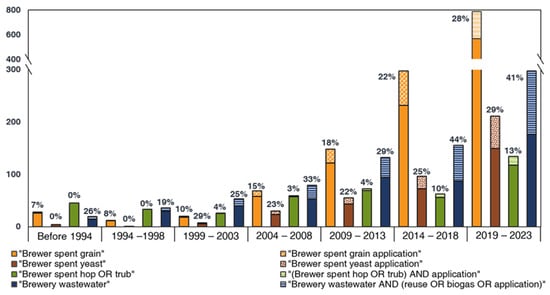
Large-scale whole-genome resequencing unravels the domestication history of Cannabis sativa
↵‡ Present address: National Engineering Laboratory for Internet Medical Systems and Applications, The First Affiliated Hospital of Zhengzhou University, Zhengzhou 450000, Henan, China.
Cannabis sativa has long been an important source of fiber extracted from hemp and both medicinal and recreational drugs based on cannabinoid compounds. Here, we investigated its poorly known domestication history using whole-genome resequencing of 110 accessions from worldwide origins. We show that C. sativa was first domesticated in early Neolithic times in East Asia and that all current hemp and drug cultivars diverged from an ancestral gene pool currently represented by feral plants and landraces in China. We identified candidate genes associated with traits differentiating hemp and drug cultivars, including branching pattern and cellulose/lignin biosynthesis. We also found evidence for loss of function of genes involved in the synthesis of the two major biochemically competing cannabinoids during selection for increased fiber production or psychoactive properties. Our results provide a unique global view of the domestication of C. sativa and offer valuable genomic resources for ongoing functional and molecular breeding research.
Few crops have been under the spotlight of controversy as much as Cannabis sativa. As one of the first domesticated plants, it has a long and fluctuating history interwoven with the economic, social, and cultural development of human societies. Once a major source for textiles, food, and oilseed as hemp, its exploitation to that end declined in the 20th century, while its use as a recreational drug (i.e., marijuana, which is illegal in many countries) has broadened. Although much debated in the past, it is currently widely accepted that the genus Cannabis comprises a single species, C. sativa L., hereafter also referred to as Cannabis [reviewed in (1)]. The plant is annual, wind-pollinated, and predominantly dioecious. It is diploid, with 10 pairs of chromosomes (2n = 20) and is characterized by an XY/XX chromosomal sex-determining system, with a genome size of about 830 Mb (2–4). On the basis of distribution and archaeobotanical data, a wide region ranging from West Asia through Central Asia to North China has often been suggested as the origin of cultivation for the plant, with its later spread worldwide coinciding with continuous artificial selection and extensive hybridization between locally adapted, traditional landraces and modern commercial cultivars. Clandestine drug breeding and the propensity of domestic plants to become feral (and possibly to have admixed with their wild ancestors) have contributed to the difficulties for reconstructing the species’ domestication history [reviewed in (3, 5, 6)].







/cloudfront-us-east-2.images.arcpublishing.com/reuters/HLIQQTUKUBPSRDYXRWI3OZP2MQ.jpg)

















